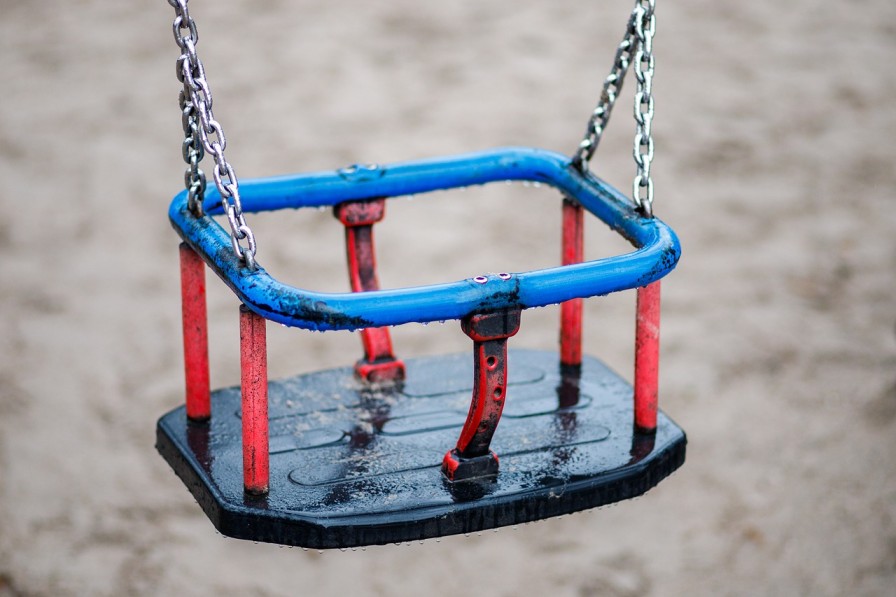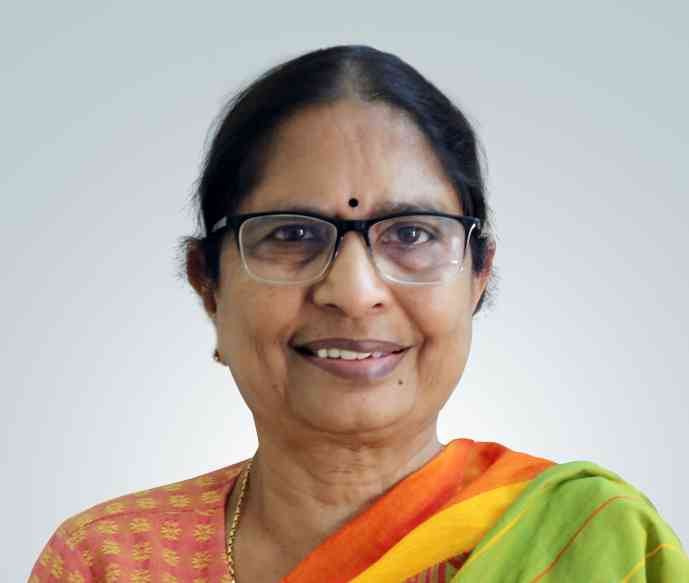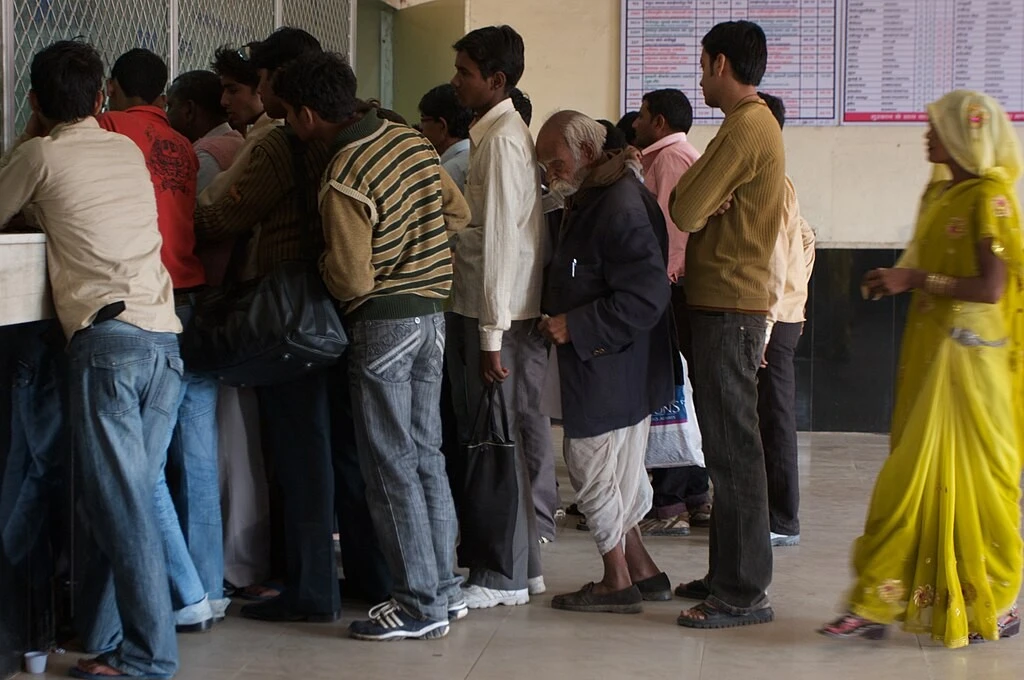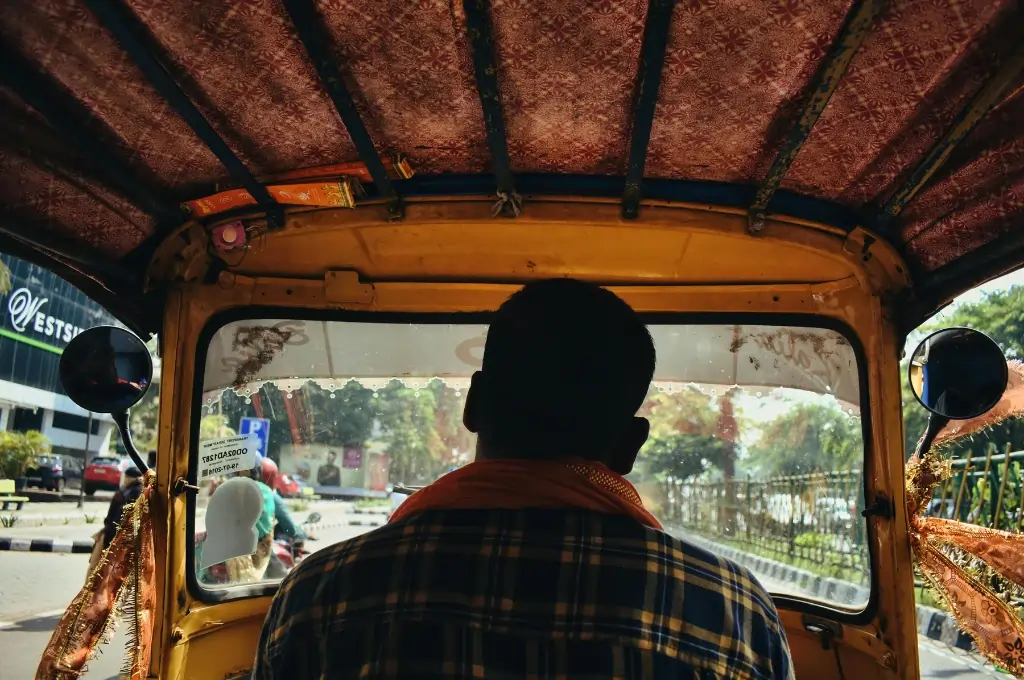A right is an entitlement and it has three basic principles, without which rights cannot be enjoyed. The first principle is that of universality: A right has to be enjoyed by all citizens, including all children. There cannot be a distinction between a Dalit or an Adivasi child and a child who is better endowed.
The second principle is that of equality: Rights have to be equally available to all. For example, there cannot be different types of schools for different children. In order to adhere to the principle of equality, you have to also link it to the principle of social justice and commit additional resources, support, and attention to those children who have been left behind for them to enjoy their rights equally.
Third, and the most important aspect of a right, is that it is a state obligation; only the state can protect rights as it is a transaction between the state and the citizen. We have to ensure that the rights of all children are equally protected, and the state fulfils its functions and duties towards the protection of children’s rights.

Related article: A pandemic cannot justify child labour
When we talk about child rights, we are talking about all age groups. If rights are denied to one age group, it will have an impact on another age group. For example, if the rights of a 15-year-old are denied and she gets married early and is not provided sufficient food, this will impact both her health and that of her future children. All age groups are important, all rights are equally important. You cannot, for example, prioritise hunger and then move onto education. There is an interdependency of rights and there is an interdependency of ages that needs to be understood.
You cannot deprive a child their rights in the name of tradition and culture. They are used as an argument to justify failure to guarantee rights to children.
And finally, it is my opinion that you cannot deprive a child their rights in the name of tradition and culture. They are used as an argument to justify failure to guarantee rights to children. In my view, if a tradition comes in the way of child rights, then we should eliminate that tradition. Every society requires tradition and culture, but let’s create new traditions and a culture that respects children and allows society to move forward.
How do you plan for each child?
After the lockdown was imposed, we saw the plight of migrant children who marched hundreds of miles to reach their homes. This aroused the national consciousness. But what happened after they came back home? We know that they were locked in sweatshops and abandoned by middlemen during the lockdown. But where are they now? What is happening to them? They have been rendered invisible along with their anxieties and concerns.
Debates about online education have since captured the headlines. But what about the issues of hunger, poverty, disempowerment, and humiliation? Are children responsible for their poverty or for being trafficked? Who is responsible for these children? Why are we making excuses and saying that they have to work because they are hungry? Why are we justifying what children are going through? Is it not the state’s responsibility to protect these children and ensure them their rights?


During the lockdown, the plight of migrant children, who walked hundreds of miles to reach home, aroused national consciousness. But what happened after that? | Picture courtesy: Needpix.com
There are a dozen acts in place, and people will have to be energised to reach out to these children to see that they are taken care of. The money that is allocated to these efforts is just not enough. The state must put in more resources into each and every one of the institutions they have created to protect children. This should be the discourse, but we have diverted our attention away from the real issues.
Related article: A day in the life of: A child protection volunteer
The decade from 2006 to 2016 was an important one for child rights. The National Commission for Protection of Child Rights (NCPCR) was established, the Right to Education Act (RTE) made education a fundamental right for all children, the Juvenile Justice Act and Prohibition of Child Marriage Act were amended. There was a process of social mobilisation that engaged with the system, from the grassroots to the centre and brought together politicians, bureaucrats, activists, academia, judiciary, and so on. There were flaws but some phenomenal gains were also made in this decade.
But since the pandemic hit, these gains seem to have vanished. It is almost as though there is amnesia—no laws, no systems, and the children who need protection are not being talked about. The entire system has collapsed. We need to preserve the gains that we made and move forward.
This article emerged from a webinar series, The August Talks with Dr Shekhar Seshadri, hosted by the National Institute of Mental Health and Neuro-Sciences (NIMHANS). You can watch all recorded sessions from the series here.
—
Know more
- Learn about the sharp spike in child trafficking during the lockdown.
- Read this story to understand why children are being forced to drop out of school.
- Dip into this collection of resources on the conventions, policies, and laws that regulate child rights.
Do more
- Report cases of child labour on PENCIL, a government portal.




